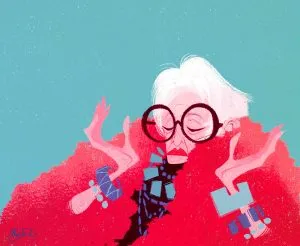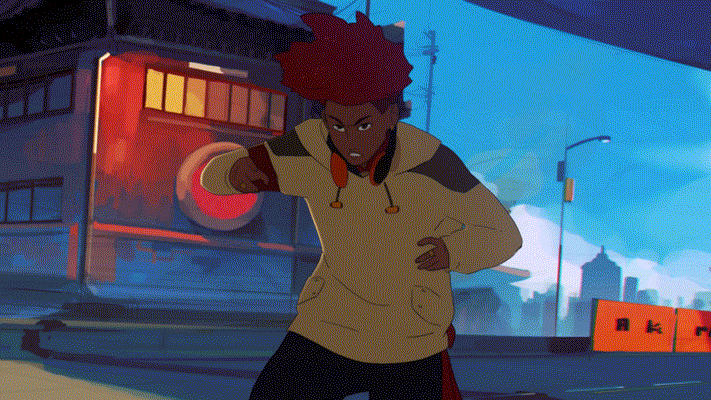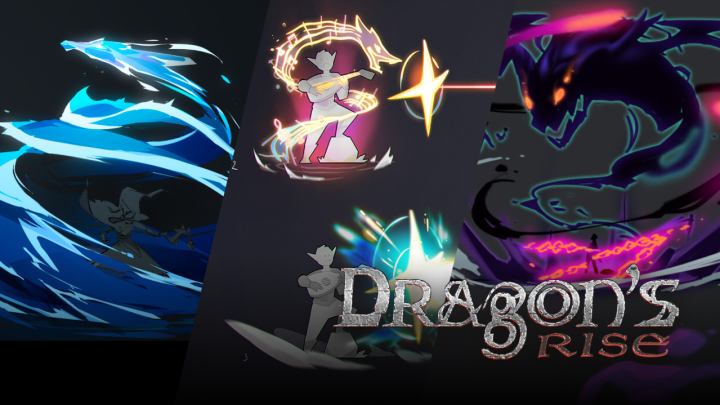12 Principles of Animation, as Demonstrated by ArtStation Members
In 1981 the legendary animators Ollie Johnston and Frank Thomas first introduced their twelve basic principles of animation. These guidelines for making appealing and effective animations were crafted by studying the techniques of old-school Disney animators. Today, these principles are an important part of any professional animator’s toolkit. In this article, we’ll be taking an introductory look at these principles and using examples from ArtStation community members as helpful references for your next project.
1. Squash and Stretch
This basic principle helps an object feel fluid by applying a change to its shape as it moves. One classic example is of a bouncing ball; the ball will start as a sphere, is stretched as it arcs toward the earth, gets squished flat when it makes contact, and stretches out again as it bounces back upwards and towards its original sphere shape. An important part of this principle which Tiffany King helpfully demonstrates is that one should keep the volume of the shape being manipulated consistent.
2. Anticipation
With anticipation, a character takes a moment to get ready to follow through with an action, giving the viewer time to understand what’s going on, and making the scene feel more realistic. A person might reach into their pocket before pulling out a wallet, run in place before sprinting off, or smile widely before laughing. Note how in this animation by Alejandro De La Rosa, the character pauses for a moment in the air before throwing his weapon down.
3. Staging
Staging is the presentation of an idea so that it is completely clear. Making effective use of the environment in your animation is important for that to happen, as is employing good lighting, music, background objects, and other atmospheric cues. Consider this animation by AnimatorSteve. Even though the characters take up a very small portion of the screen, one knows exactly where to look thanks to the carefully placed light sources.
4. Straight Ahead Action and Pose to Pose
This principle covers two approaches to animating frames. The straight ahead method is when the animator linearly draws from one frame to the next, without an exact end pose planned. Pose to pose by contrast has the animator first choosing their planned keyframes, and then filling in all the in-between frames afterwards. Walk cycles like Caterina Wölfle’s are a good keyframe candidate, whereas unpredictable particle animations like ΛMINΞ MΛSMOUDI‘s are likely best suited for straight ahead.
5. Follow Through and Overlapping Action
This principle considers a character’s momentum, physics, and position. If a character was running and suddenly stopped, the rest of her body would slightly lurch forward as a follow through movement. Likewise, if she suddenly sprinted in the other direction after stopping, her shirt and hair would have a different overlapping movement than her body for a moment. When this groundhog by Duc (Phil) Nguyen & the Digital District Bordeaux team shoots a basketball, his arms and legs keep moving!
6. Slow In and Slow Out
This principle means that things take a bit of time to speed up and slow down. Unless you’re making a robot, it should take the objects in your animation a bit of time to accelerate and decelerate, and Simon Pasquesi’s car in this animation does just that.
7. Arcs
Like with the previously mentioned principle, actions of non-machine objects tend to follow an arc or slightly circular path. Using arcs when planning paths helps give an animation a more natural feel. Watch how these dancers by Tarakesh Arts whirl around in arcs and loops!
8. Secondary Action
Secondary actions support a main action by adding more dimension to an animation. For example, in this clip from Pedro Conti and team, the clown girl kisses the frog, and also daintily kicks up her leg.
9. Timing
This important principle relates to how the speed of the animation’s action influences its feeling. Balancing slow and fast timing makes a scene feel rich. Animators can adjust the amount of frames per second based on their scene’s intent, and their personal workflow; it takes less time to draw less frames. Watch how a lower number of frames in this 2D piece by Lap Pun Cheung influences the mood!
10. Exaggeration
Exaggeration means to take reality and make it bigger, bolder, and brighter. Doing so helps give the audience a better understanding of what’s happening on the screen, as well as make the work feel more convincing and exciting. Meg Park’s stylized interpretation of Iris Apfel is still true-to-life, while giving this real person an extra exaggerated layer of appeal thanks to her use of color and shape.
11. Solid Drawing
Solid drawing means respecting 3D space in your animation, and particularly an object’s volume, weight, and balance. For modern 3D animation this principle still applies, such as in the need to avoid twinning; having an object look or move in a way that is unnaturally symmetrical. Watch how Malcolm Wopé’s 2D character moves effortlessly through 3D space, and how Plaman Tamnev’s 3D character doesn’t move in perfect symmetry.
12. Appeal
Appeal is the art of creating interesting and engaging characters. One starting place is to use a variety of shapes in building your character, playing with proportions, and not adding unnecessary details. In this image the sweet, larger-than-life eyes of Gosia Arska’s dog are just begging the audience for a pet!
Now it’s Your Turn
We’re celebrating animators all Animation Week on ArtStation! This is an excellent opportunity to share your work on ArtStation and get your art seen, while also learning about other amazing artists. Don’t miss this special event!
Maybe you’re looking to learn more animation techniques? On ArtStation Learning you will find the very relevant course Basic Principles of 2D Animation with Vera Rehaag. This course teaches the fundamentals of 2D hand-drawn Animation, some theories behind frame by frame animation, and enough basic principles for anyone to complete their first animated sequence. The course concludes with a couple of animation examples, where Vera demonstrates through practical sequences the principles she has covered.
Article references
- The Illusion of Life, Ollie Johnston & Frank Thomas
- The Principles of Animation, Dante Rinaldi
- 12 Principles of Animation, Alan Becker
























